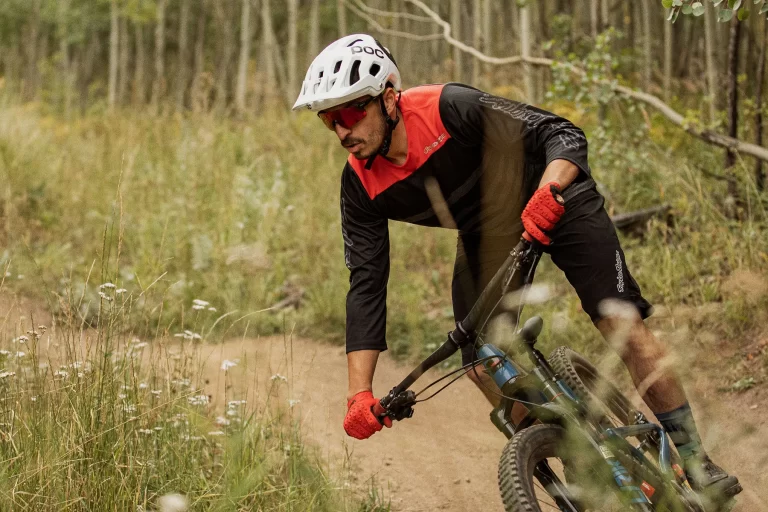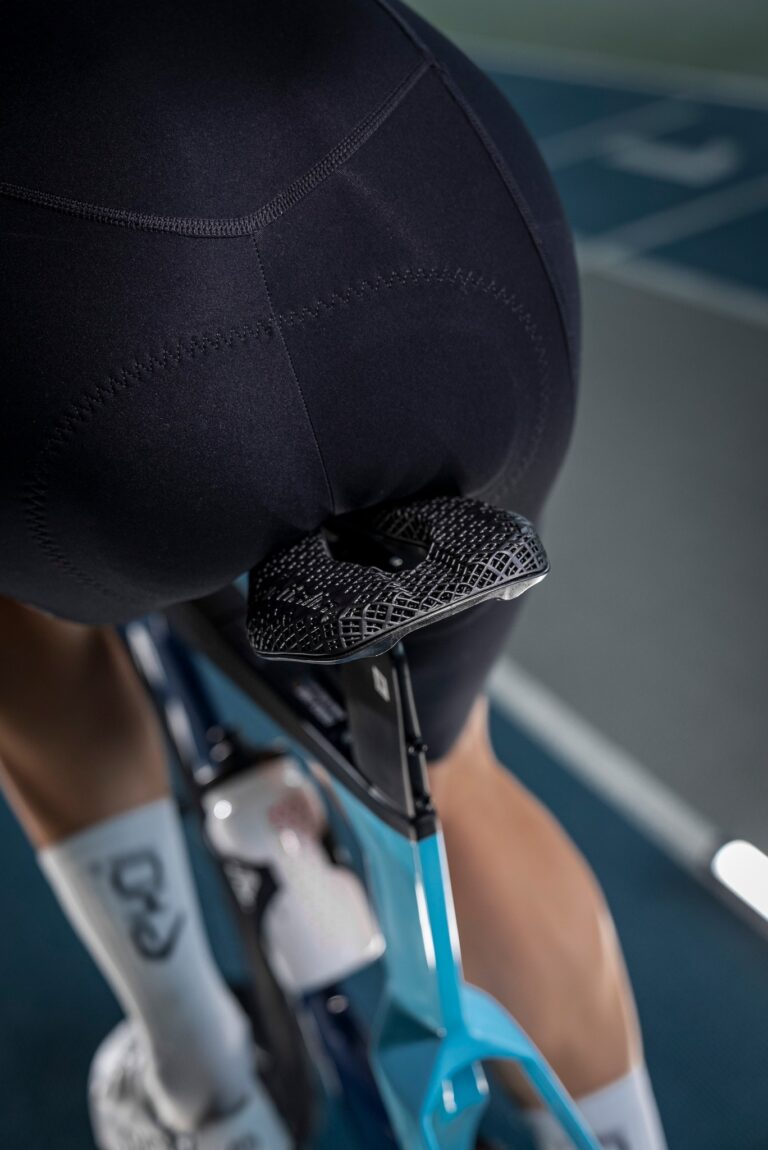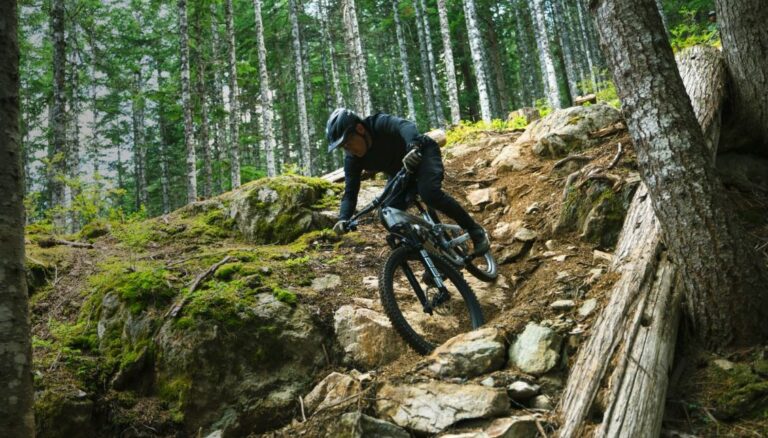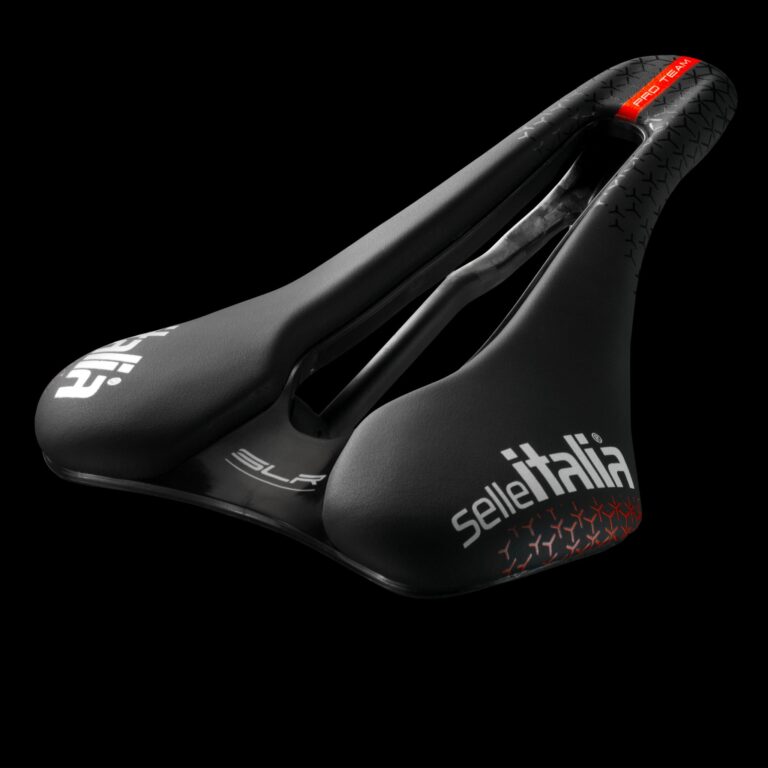Impact of Gravel Bike Saddle Weight on Performance
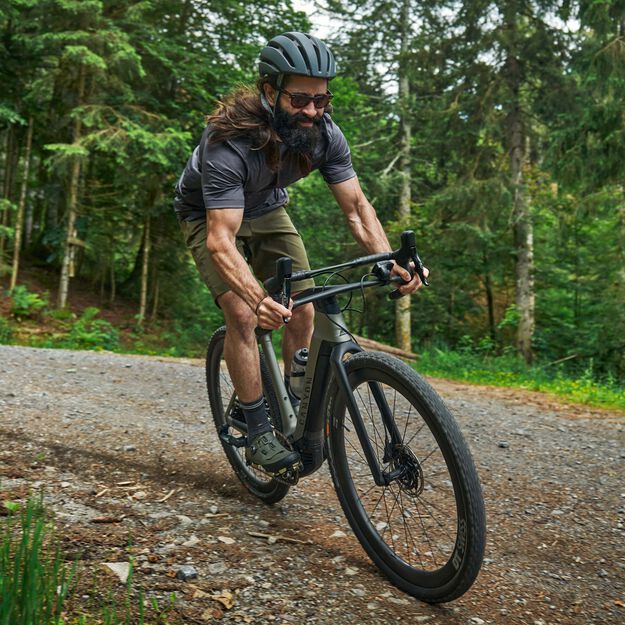
Key Point Summary of Impact of Gravel Bike Saddle Weight on Performance:
- Weight Affects Climbing Efficiency: Heavier saddles can marginally increase the effort required to climb, impacting overall endurance and performance on long ascents.
- Comfort vs. Weight Trade-off: While a lighter saddle may offer performance gains, it’s crucial to balance this with the need for comfort, especially on longer rides.
- Material and Design Considerations: Advances in materials and design mean that lightweight saddles can still offer excellent comfort and support.
- Overall Bike Weight Perspective: Saddle weight is just one aspect of overall bike weight; holistic bike optimization is essential for performance gains.
As a masters cyclist with a deep passion for the varied disciplines of cycling, including the exhilarating world of gravel biking, I’ve come to appreciate every nuance of bike setup and how each component can influence overall performance. Among these, the saddle is often a component that receives less attention regarding its weight impact on performance.
Yet, after years of adjusting, testing, and feeling the difference firsthand, it’s clear that even the weight of your saddle can play a role in how your bike handles and performs, especially over the long and often unpredictable terrain of gravel riding. This article aims to shed light on the impact of gravel bike saddle weight on performance for cyclists in the beginner to mid-level experience range.
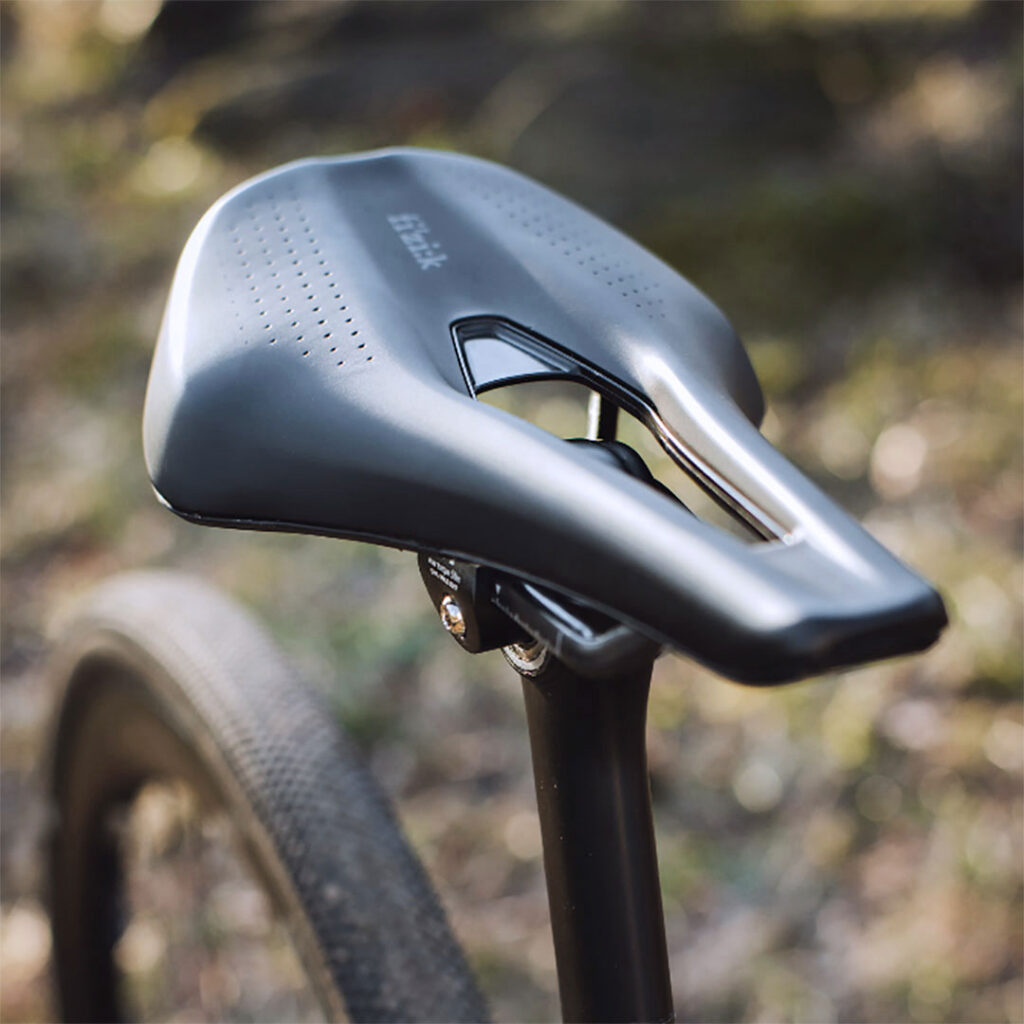
Understanding Saddle Weight Impact
The weight of a gravel bike saddle can indeed have a subtle yet noticeable impact on cycling performance. In disciplines such as road racing or time trialing, where every gram seems to count more explicitly, gravel biking presents a scenario where the cumulative effects of bike weight, including the saddle, become evident across varied terrain and longer distances.
Climbing Efficiency
When tackling the often steep and challenging climbs encountered in gravel riding, the weight of your saddle can contribute to the overall mass your legs need to propel upwards. While the difference may be marginal compared to the total weight of the bike and rider, in cycling, we understand that marginal gains can lead to significant improvements over time and distance.
Comfort vs. Weight
One of the most critical considerations in choosing a saddle is comfort. A saddle that’s too light might compromise the padding or structure needed for support on rough gravel roads. The challenge lies in finding a saddle that strikes the perfect balance between being lightweight and providing the necessary comfort for long hours in the saddle.
Material and Design Innovations
Thanks to advancements in materials and engineering, modern saddles can offer the best of both worlds—minimal weight without sacrificing comfort. Materials such as carbon fiber for the shell and rails contribute to reducing weight while maintaining strength and durability. Additionally, design elements like cut-outs or specific padding placements can enhance comfort without adding unnecessary weight.
Holistic Bike Weight Optimization
It’s essential to consider the saddle’s weight within the context of the entire bike’s weight. Focusing solely on the saddle without considering other components may not yield significant performance improvements. Optimizing the weight of wheels, handlebars, and even the frame itself should be part of a comprehensive approach to enhancing bike performance.

For its balance of comfort, lightweight, and durability, the Fabric Scoop Pro stands out as a top recommendation for gravel biking enthusiasts.
Why Fabric Scoop Pro Stands Out:
- Versatile Design: The Fabric Scoop Pro offers a range of profiles (flat, shallow, and radius) to suit different riding positions, from aggressive racing stances to more upright, comfort-oriented setups.
- Material Advancements: Utilizing carbon fiber rails and a flexible nylon base, the Scoop Pro strikes an excellent balance between strength, lightweight, and flexibility, which is particularly beneficial for absorbing the vibrations and bumps commonly encountered on gravel roads.
- Innovative Construction: The saddle features a unique, seamless cover bonded to the base, enhancing comfort by eliminating pressure points and potential areas of discomfort during long rides.
- Weight and Performance: Weighing in at a competitive weight, the Scoop Pro doesn’t compromise performance for comfort, making it an excellent choice for riders looking to optimize their gravel bike setup without adding unnecessary bulk.
The Fabric Scoop Pro saddle provides gravel cyclists with a compelling blend of performance-oriented features and rider-focused comfort, making it an excellent choice for anyone looking to enhance their gravel riding experience. Whether tackling long endurance rides, racing, or exploring off-the-beaten-path routes, the Scoop Pro’s design and materials offer the support and durability needed for diverse gravel adventures.
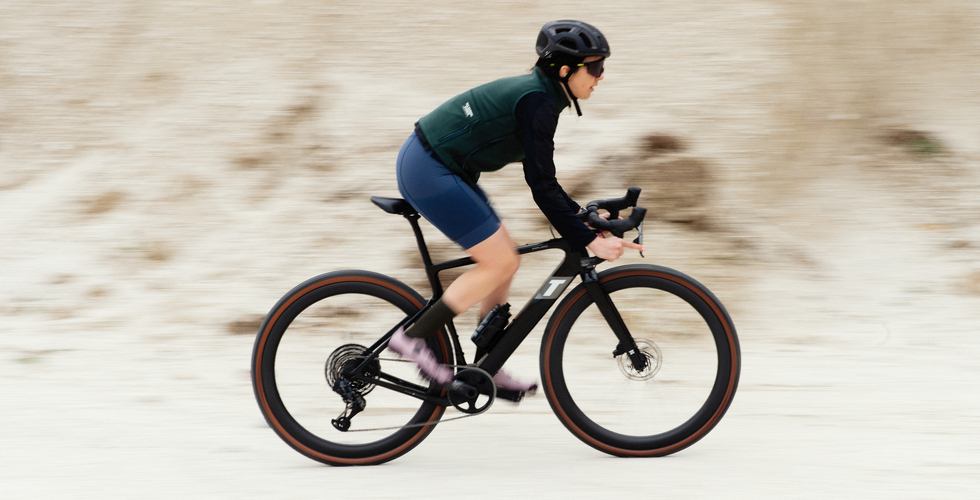
FAQ
Does bike weight matter for gravel?
Yes, but not as critically as for road racing. While a lighter bike can improve climbing efficiency and handling, durability, and comfort are often more significant factors for gravel riding due to the varied and rough terrain.
Does bike weight matter more than rider weight?
No, rider weight has a more substantial impact on overall performance, especially on climbs. Reducing bike weight can offer marginal gains, but improvements in rider fitness and weight can have a more significant effect.
Is 17lbs light for a bike?
Yes, 17lbs (approximately 7.7kg) is considered light for a bike, especially in the context of road and gravel bikes. It’s a competitive weight that balances performance with practicality.
Does a heavier bike make you slower?
Potentially, especially on climbs and when accelerating, as it takes more energy to move a heavier mass. However, on flat terrain and descents, the difference may be less noticeable. The impact also depends on the rider’s strength and the overall weight (bike + rider).



